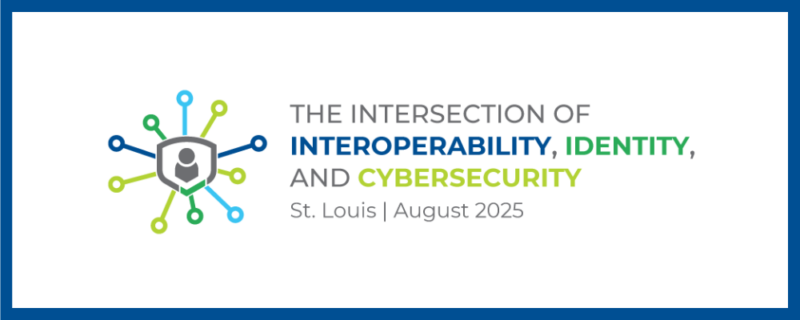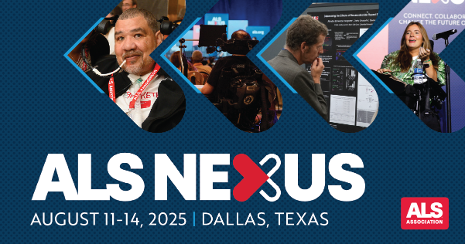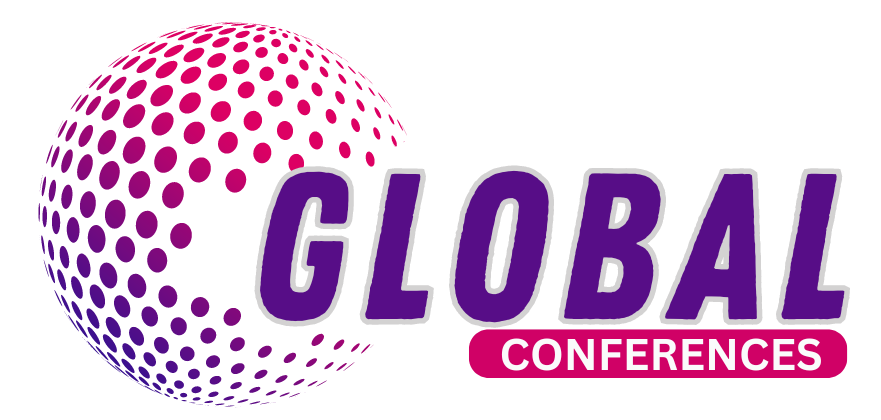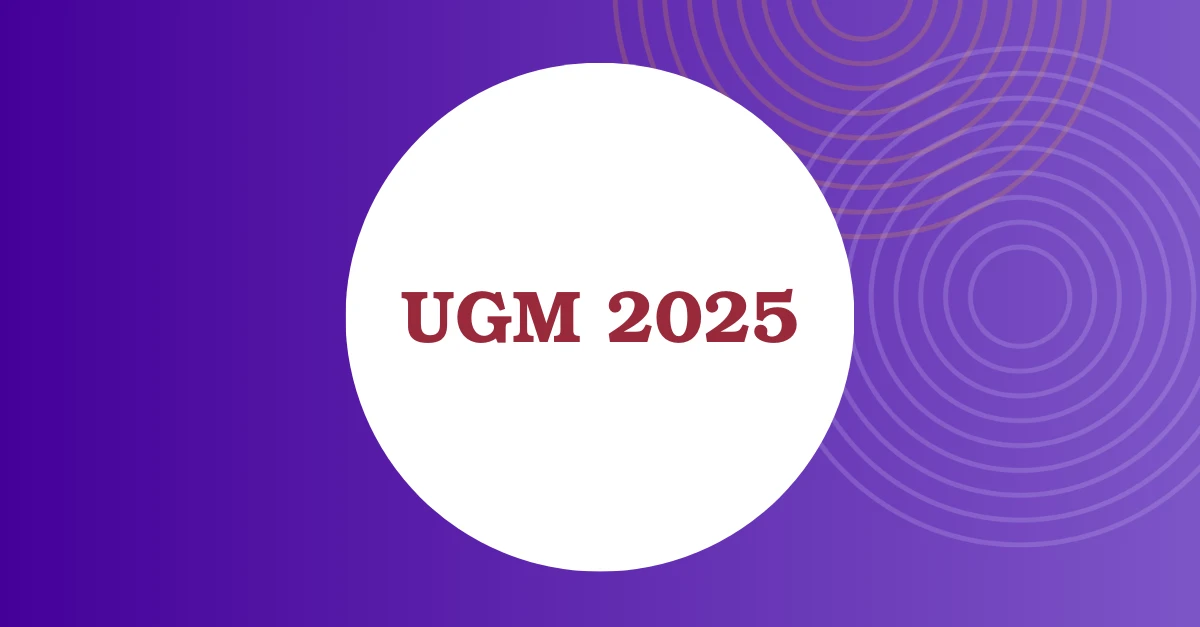Executive Briefing
swhite@fc-bi.com
Overview
A journey map is a visual display of an experience as a customer sees it. See Elements of a Journey Map on page 5 for an example. This customer view is what makes them so useful. Unlike a process map, steps that do not resonate with customers are left out, while other steps that do not directly involve the sponsoring company are included. Journey maps are used for both business and consumer customers, although the research methods vary between the two audiences. Journey maps are used for experience design by many players in the healthcare industry, from the Mayo Clinic to UnitedHealthcare.
McKinsey & Company analyzed the importance of managing entire journeys versus managing individual touch points (such as the website or call center). They found that industry performance on journeys is “20% to 30% more strongly correlated with business outcomes, such as high revenue, repeat purchase, low customer churn, and positive word of mouth.”
The example map on page 5 shows a representative journey for a segment of consumers purchasing health insurance. Notice that eight of the first nine consumer steps do not involve Coolsure Insurance’s (a mythical health plan)people or systems. This is often the case in a purchasing journey, as consumers or employers use other resources for their research. Unfortunately, these steps often have more influence over whether the customer eventually buys than does a company’s website or its sales force.
A typical journey mapping project analyzes separate customer segments, with a unique map created for each. For example, a Fortune 100 company implements a new health care plan very differently than a 50-person software company. Trying to encapsulate both experiences as one journey results in a watered-down map that doesn’t accurately represent either customer segment.


























